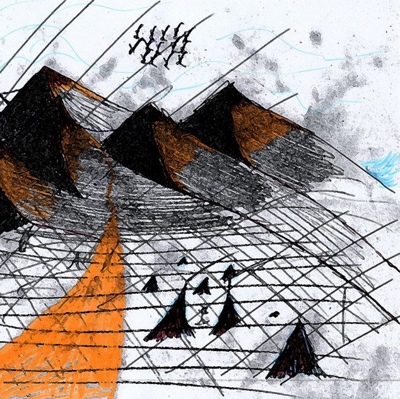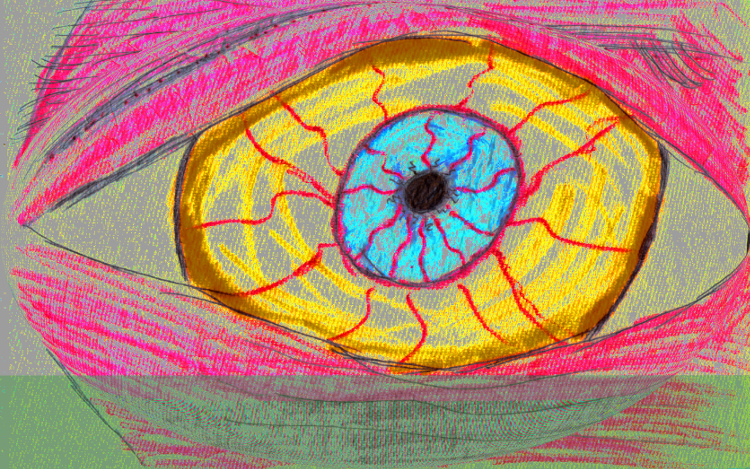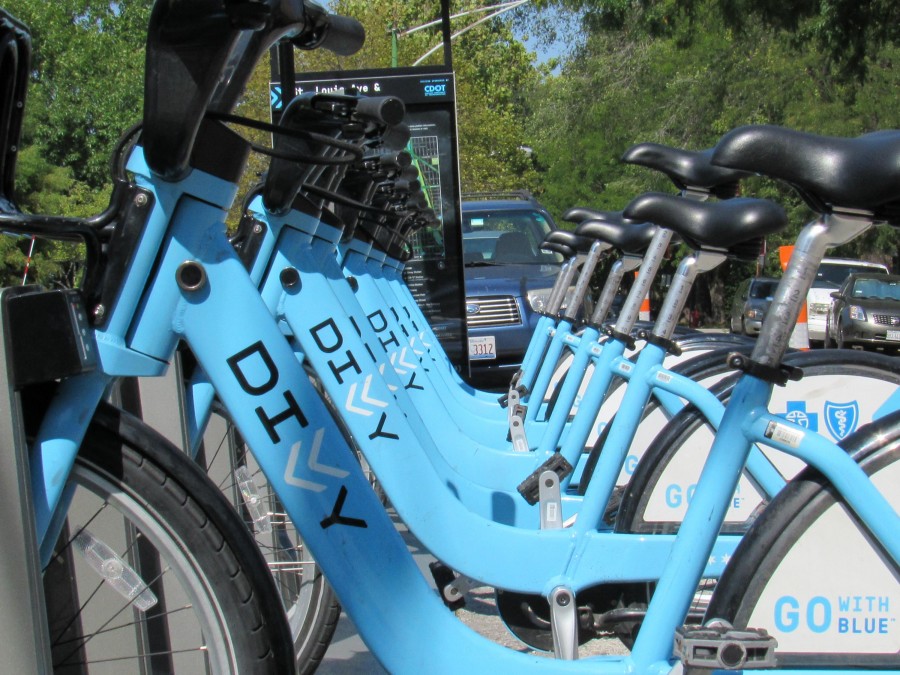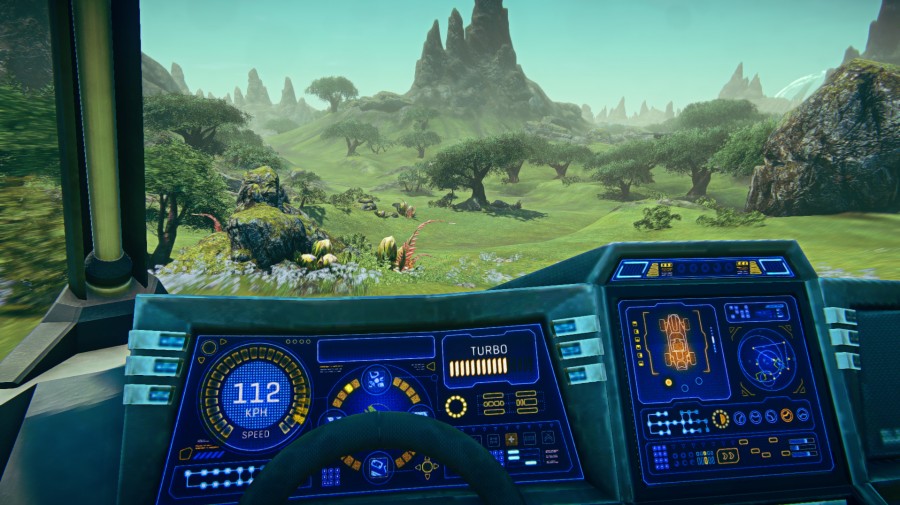Have you ever worried—compared to that all imposing jury of your peers—your house might be too small, your hands too large, or that you might just have no idea what you’re doing with your life?
Nu-Bo-Sci-Tech is the solution you’re looking for.
Though there are plenty of data-analysis companies out there, very few are available to the average consumer—and fewer still are affordable. For just $5.99 a month, Nu-Bo-Sci-Tech can provide personalized information for individuals and small businesses on anything from the most recent fashion trends and the most widespread psychological conditions to the average digit length of various racial communities in the United States.
Nu-Bo-Sci-Tech can also provide statistical information on your neighbors and their pets, the dimensions of their genitalia as compared to yours (similar information can be provided regarding their pets), the exact amount of money in their bank account, their political views, health records, likelihood to prosecute other individuals (including their neighbors), gun licenses, criminal record, current whereabouts and so much more.
“There’s … [like] … ‘information’ … [from Nu-Bo-Sci-Tech],” said one Bruo Pringol, a satisfied customer. “I like … [Nu-Bo-Sci-Tech].”
For consumers harboring some reservations about the company’s services due to perceived infringements on individual privacy, Nu-Bo-Sci-Tech has a number of incredible non-intrusive techniques to get the job done when normal methods just won’t cut it.
“We’re pretty good at respecting people’s privacy,” said Don Hagle, Nu-Bo-Sci-Tech founder and CEO. “At the office we like to call ourselves a ‘privacy-friendly intelligence firm.’ If we think we might be crossing some kind of line looking into someone or some kind of information, there are hundreds of other companies we can sub-contract to complete the order.”
“We have high moral standards. Those are hard to come by these days,” he said. “The most important thing is that our customers think they’re okay with themselves.”
But there’s so much more. Nu-Bo-Sci-Tech prides itself on its expediency. In fact, it has been rated by several organizations to be the fastest information gathering service available to the average consumer. A recent study done by the Harvard School of Business concluded that there is “nothing like it” on the market.
Nu-Bo-Sci-Tech has one more thing going it for to distinguish itself from competitors: It’s fun. Utilizing the same augmented reality technologies that allowed Pokemon Go to burst into the scene of popular entertainment, Nu-Bo-Sci-Tech’s mobile platforms allows for data-gathering and analysis wherever you might be. Cool awards, virtual medals, and achievements can be displayed on your public scoreboard—and you can get cash bonuses and cool prizes for scoring “one-ups” on fellow users and neighbors.
“I never really thought I’d be a good private detective,” said Harry Bonsom, a customer who quit his day job as a laundromat operator to become a private eye. “I tried to break into the field at least a dozen times. But I just could never get past all the paperwork: Boring.
“But Nu-Bo-Sci-Tech helped me out a big deal. Oh, it’s just a hoot. I was able to out my neighbor’s masturbation habits in three days—and now I just qualified for the company’s drone program!”
Did someone say drone program?
Keep your pants on readers: Nu-Bo-Sci-Tech’s long awaited drone program is ready to go gold!
For a limited time, new customers will get a free thirty day trial with Nu-Bo-Sci-Tech’s upcoming drone program. Police from the skies with the company’s brand new fleet of high-altitude Global-Hawk series drones. Or, if your eye-sight is failing, you can choose from their low-altitude Raven fleet. Each drone comes equipped with infrared cameras and augmented reality software tied into their robust social media platform; customers can really get the lay of the land.
“We have a drone for everybody,” Hagle said. “And the cool thing is you’ll be able to pilot them from your tablet or laptop or even your smart-phone. I live in Los Angeles and let me tell you the commute to work can get pretty bad out there. Just goofing around with your Global-Hawk really takes the shit out of a traffic jam. Ever wonder, just for fun, who’s in that car next to you? Our Global-Hawks, let me tell you, they can answer that in a snap.
“Did I mention you can name your drone?”
The best part about all this is everything you find out with your new drone is transmitted immediately to the U.S. Government‘s (editor here: please delete this … said in prompt “do mention government computer.” meant “do not” … my mistake … also please do not forget to delete this note, copy editor quit this morning—took espresso machine with him—so we don’t have anybody … this is last look. Thanks.) Nu-Bo-Sci-Tech’s central processing computer for immediate analysis. Company experts will have a briefing ready for you in less than three days—and you’ll get a refund on your last month’s subscription if they’re even a minute late.
But don’t let me ruin everything for you. There are so many services and benefits that come from a Nu-Bo-Sci-Tech subscription that it would just really ruin the surprise if I was to tell you about all of them. So what are you waiting for? Don’t you want to know what your neighbor, the Muslim, is up to? Or maybe you just need to find out why your partner is an hour late coming home every day.
Who knows? Nu-Bo-Sci-Tech does.
And so could you.
Sign up today and receive a $25 gift certificate with Nu-Bo-Sci-Tech’s partners at the GAP.




